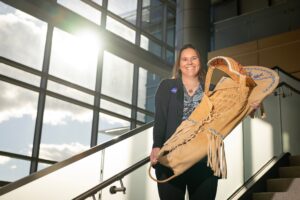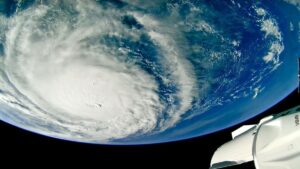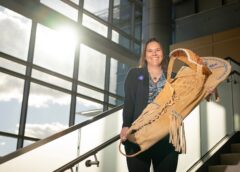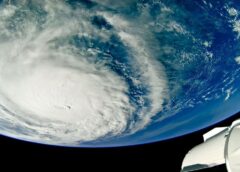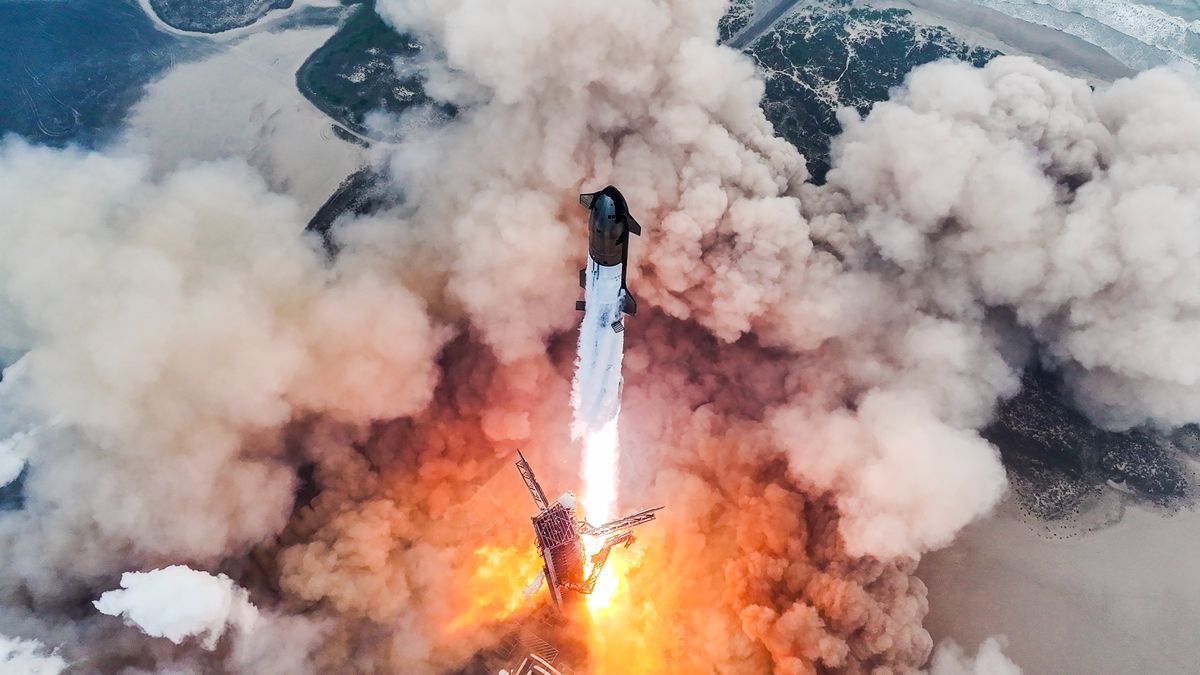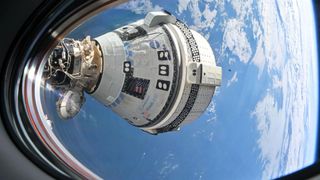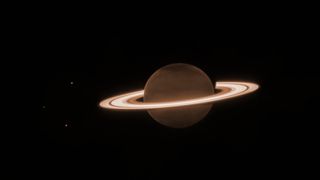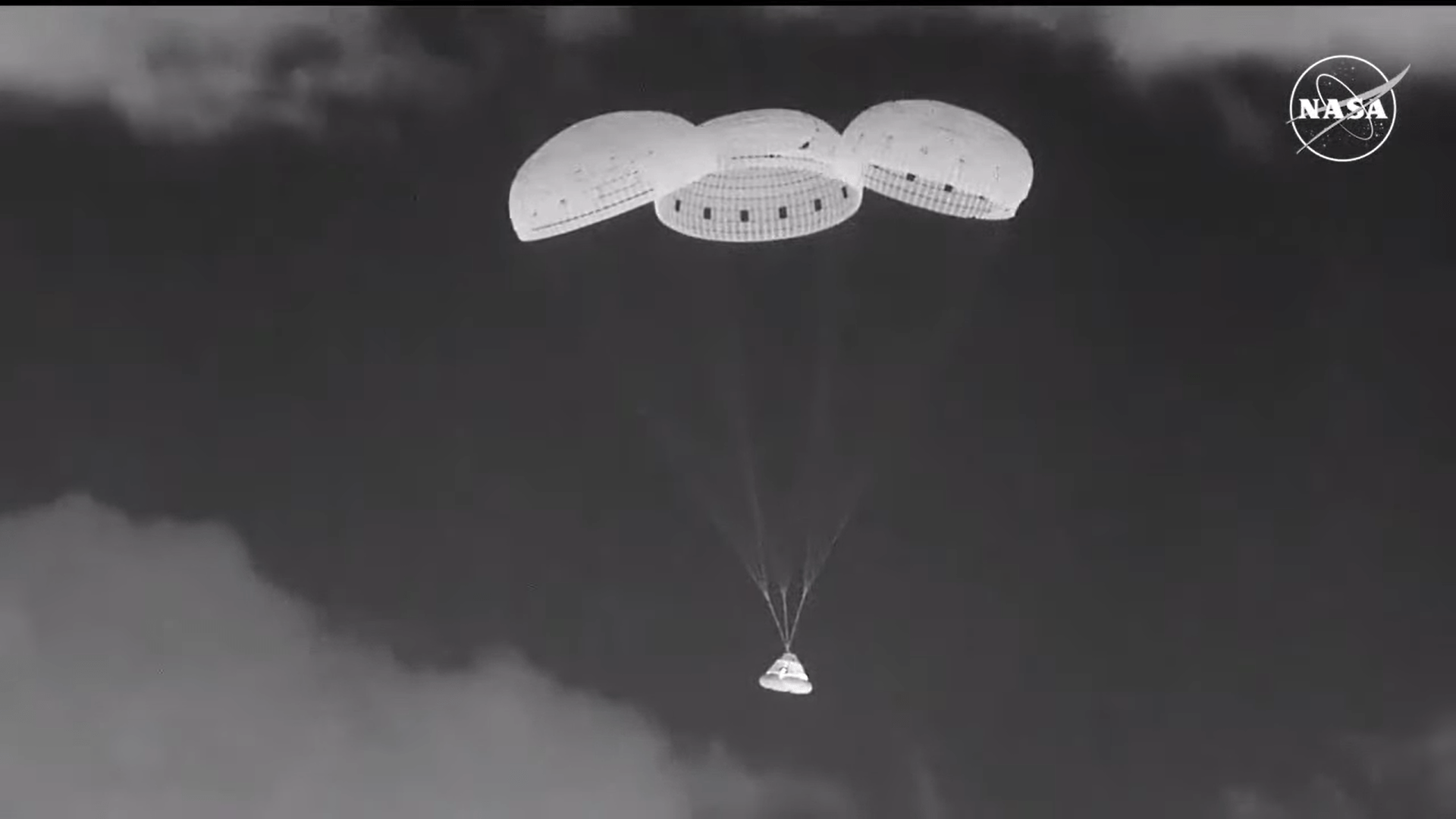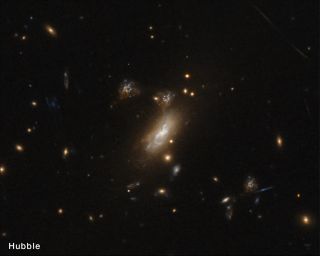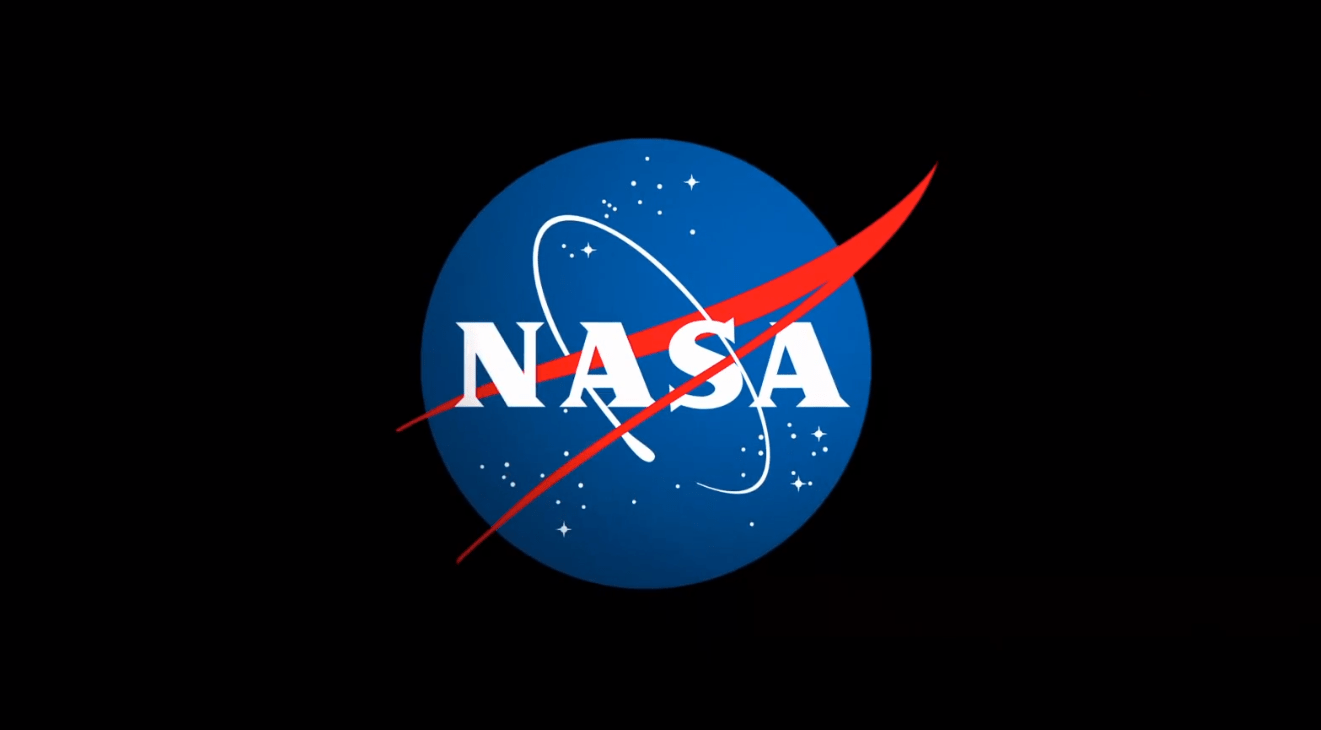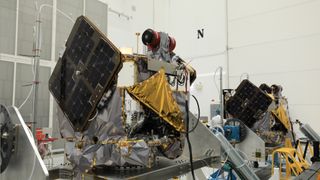SpaceX’s Starship megarocket will start flying Mars missions just two years from now, if all goes according to plan. “These will be uncrewed to test the reliability of landing intact on Mars. If those landings go well, then the first crewed flights to Mars will be in 4 years,” SpaceX founder and CEO Elon Musk said via X on Saturday evening (Sept. 7), in a post that announced the bold new target timelines. (Earth and Mars align properly for interplanetary missions once every 26 months.) “Flight rate will grow exponentially…
Read MoreThis Week In Space podcast: Episode 127 —Space Stations Inc.
Space Stations Inc. – A Visit With Max Haot of VAST – YouTube Watch On On Episode 127 of This Week In Space, Rod Pyle and Tariq Malik talk with Max Haot of VAST about his company’s first space station. We all know the ISS is living its last days and will be deorbited sometime around 2030… but what’s coming up next? Max Haot of VAST joins us to discuss his company’s first space station, called Haven-1, set to launch in 2025. For a company just just a few years…
Read MoreBoeing’s Starliner capsule just landed with no crew aboard. What’s next for this astronaut taxi?
Boeing’s Starliner capsule just returned to Earth without astronauts, marking the beginning of a new set of investigations by NASA. Starliner left the International Space Station (ISS) on Friday evening (Sept. 6), then aced a landing in New Mexico just after midnight on Saturday (Sept. 7). The touchdown brought an end to Crew Flight Test (CFT), Starliner’s first-ever astronaut mission. But no astronauts came down with the capsule on Saturday; Starliner experienced problems with its reaction control system (RCS) thrusters shortly after CFT’s June 5 liftoff, and NASA decided not…
Read MoreSee Saturn at its biggest and brightest tonight before its rings ‘disappear’ in 2025
Saturn will reach opposition this weekend when the ringed planet and the sun are directly opposite of each other in the sky. Just after midnight tonight, Saturn will appear at its biggest and brightest in the night sky. This is because Earth will be positioned directly between Saturn and the sun, offering stargazers a spectacular sight — and a chance to catch a glimpse of the planet’s rings before they turn edge on and “disappear” from view. Appearing in the constellation Aquarius, Saturn will be visible for much of the…
Read MoreNASA, Boeing Welcome Starliner Spacecraft to Earth, Close Mission
NASA and Boeing welcomed Starliner back to Earth following the uncrewed spacecraft’s successful landing at 10:01 p.m. MDT Sept. 6, 2024, at the White Sands Space Harbor in New Mexico. Credit: NASA NASA and Boeing safely returned the uncrewed Starliner spacecraft following its landing at 10:01 p.m. MDT Sept. 6 at White Sands Space Harbor in New Mexico, concluding a three-month flight test to the International Space Station. “I am extremely proud of the work our collective team put into this entire flight test, and we are pleased to see…
Read MoreMars leaks faster when closer to the sun
Seasonal changes can have a dramatic effect on how quickly Mars loses its water to space, a joint study between the Hubble Space Telescope and NASA’s Mars Atmosphere and Volatile Evolution (MAVEN) mission has shown. Over three billion years ago, Mars was warm and wet, with large bodies of water on its surface and a thicker atmosphere. Today, however, Mars is desolate, cold and dry. So, what happened to all the water? “There’s only two places water can go,” John Clarke of the University of Boston said in a statement.…
Read MoreJames Webb Space Telescope zooms in on giant question mark in space (image)
Astronomers often have more questions than answers about the universe — and the universe, in turn, has asked its own question. Quite literally. Last year, the James Webb Space Telescope fortuitously spotted the unmistakable shape of a question mark across the sky. The uncanny feature was captured lurking at the bottom of an image of a pair of forming stars in the Vela constellation roughly 1,470 light-years from Earth. The picture soon went viral on social media sites, prompting a myriad of guesses of its nature, from a sign of…
Read MoreAcademic Semester Legal Externships (HQ)
Externships with NASA Headquarters Office of the General Counsel NASA’s Office of the General Counsel (OGC) periodically has externships for highly qualified law students. OGC offers unpaid, part-time and full-time externships during the law school academic year (for law school credit). These externships are intended to expose law students to the rewards of Federal service and to facilitate their professional growth. Externships may be performed either in person or remotely (depending on NASA COVID-19 safety protocols). OGC is divided into four practice groups: Commercial and Intellectual Property; General Law; Contracts…
Read MoreNASA Selects Companies for Commercial SmallSat Services Award
Credit: NASA NASA has selected eight companies for a new award to help acquire Earth observation data and provide related services for the agency. The Commercial SmallSat Data Acquisition Program On-Ramp1 Multiple Award contract is a firm-fixed-price indefinite-delivery/indefinite-quantity multiple-award contract with a maximum value of $476 million, cumulatively amongst all the selected contractors, and a performance period through Nov. 15, 2028. The selectees are: BlackSky Geospatial Solutions, Inc. in Herndon, Virginia ICEYE US Inc. in Irvine, California MDA Geospatial Service Inc. in Richmond, British Columbia, Canada Pixxel Space Technologies, Inc…
Read MoreNASA delays ESCAPADE Mars launch on Blue Origin’s giant New Glenn rocket to 2025 to avoid potential cost overruns
Blue Origin’s huge New Glenn rocket won’t debut next month after all. New Glenn, the company’s partially reusable new heavy lifter, had been scheduled to launch NASA’s twin ESCAPADE Mars probes from Cape Canaveral Space Force Station in Florida during an eight-day window that opens on Oct. 13. But that’s no longer the plan. “The agency’s decision to stand down was based on a review of launch preparations and discussions with Blue Origin, the Federal Aviation Administration and Space Launch Delta 45 Range Safety Organization, as well as NASA’s Launch Services Program…
Read More